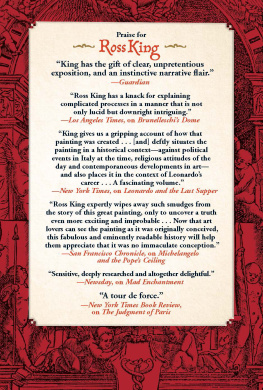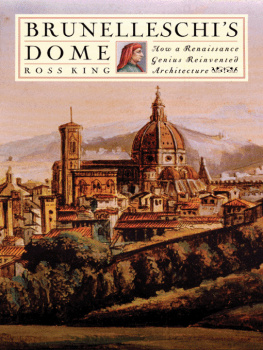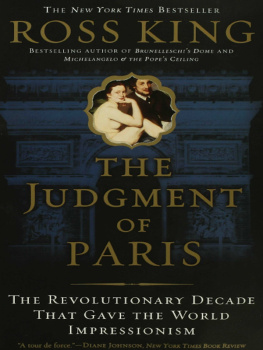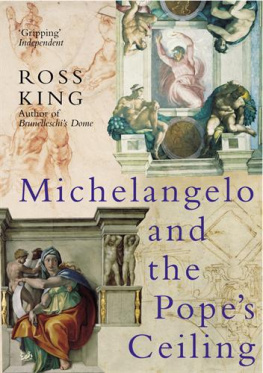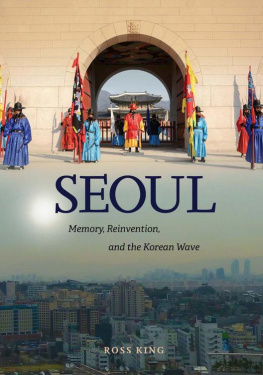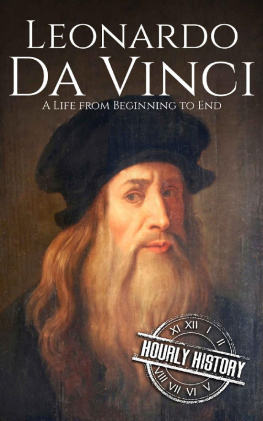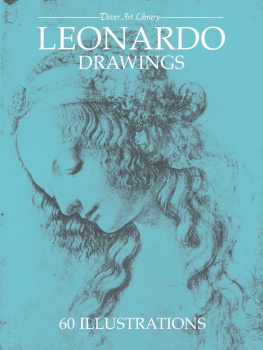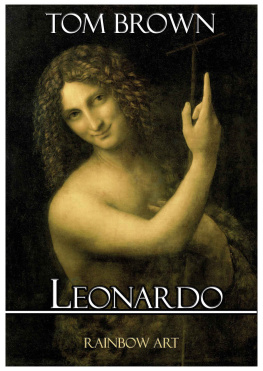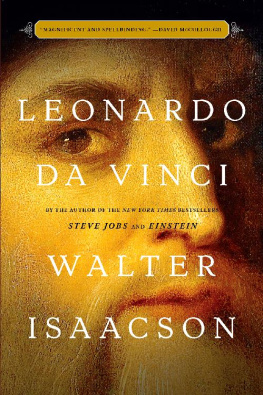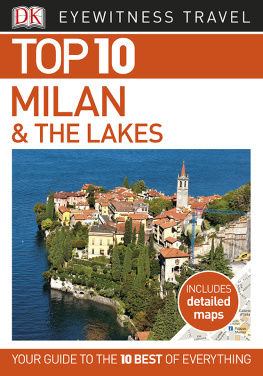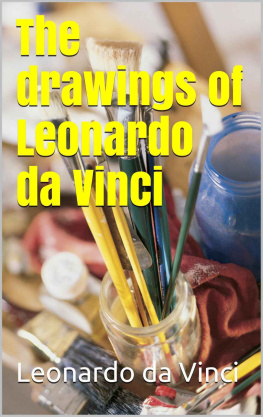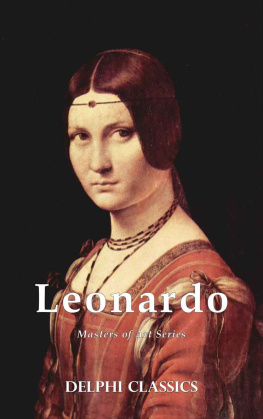NONFICTION
Defiant Spirits
Machiavelli: Philosopher of Power
The Judgment of Paris
Michelangelo and the Popes Ceiling
Brunelleschis Dome
FICTION
Ex-Libris
Domino
The shield on the wall of the lunette on the east wall was destroyed by an Allied bomb in 1943.
An equivalent claim today might be thatas some have maintainedDNA is Gods handwriting, or that the Higgs boson, if it exists, truly is Gods particle.
During the eighteenth century the sitter was erroneously believed to be the wife of a Parisian iron merchant named Jean Fron whose wife was the mistress of Franois I of France, Leonardos last patron. The painting actually became known as La Belle Ferronire not in homage to the royally cuckolded ironmonger but because its subject wears a ferronire, a slim headband with a gem on the brow, an accessory fashionable in Milan in the 1490s.
The title of Duchamps work is a pun. The letters L.H.O.O.Q., spoken aloud in French, sound like Elle a chaud au cul, which translates as She has a hot ass.
The latter association undoubtedly comes from Ovids Metamorphosis, in which Jupiters wife, Juno, dispatches the goddess of childbirth, Lucina, to hinder the birth of Jupiters child by Alcmena, and Lucina (disguised as an old hag) sits with her fingers interlaced like a trellis.
Leonardo and
The Last Supper
ROSS KING

Copyright 2012 by Ross King
All rights reserved. You may not copy, distribute, transmit, reproduce or otherwise make available this publication (or any part of it) in any form, or by any means (including without limitation electronic, digital, optical, mechanical, photocopying, printing, recording or otherwise), without the prior written permission of the publisher. Any person who does any unauthorised act in relation to this publication may be liable to criminal prosecution and civil claims for damages.
For information address Walker & Company, 175 Fifth Avenue, New York, New York 10010.
Published by Walker Publishing Company, Inc., New York
A Division of Bloomsbury Publishing
LIBRARY OF CONGRESS CATALOGING-IN-PUBLICATION DATA
King, Ross, 1962
Leonardo and the Last supper / Ross King.First U.S. edition.
pages cm
1. Leonardo, da Vinci, 14521519. Last supper. I. Title.
ND623.L5A683 2012
759.5dc23
2012005358
Visit Walker & Companys website at www.walkerbooks.com
First U.S. edition 2012
First electronic edition published October 2012
ISBN 978-0-8027-7880-2 (e-book)
For my father-in-law
Sqn. Ldr. E. H. Harris RAF (Rtd)
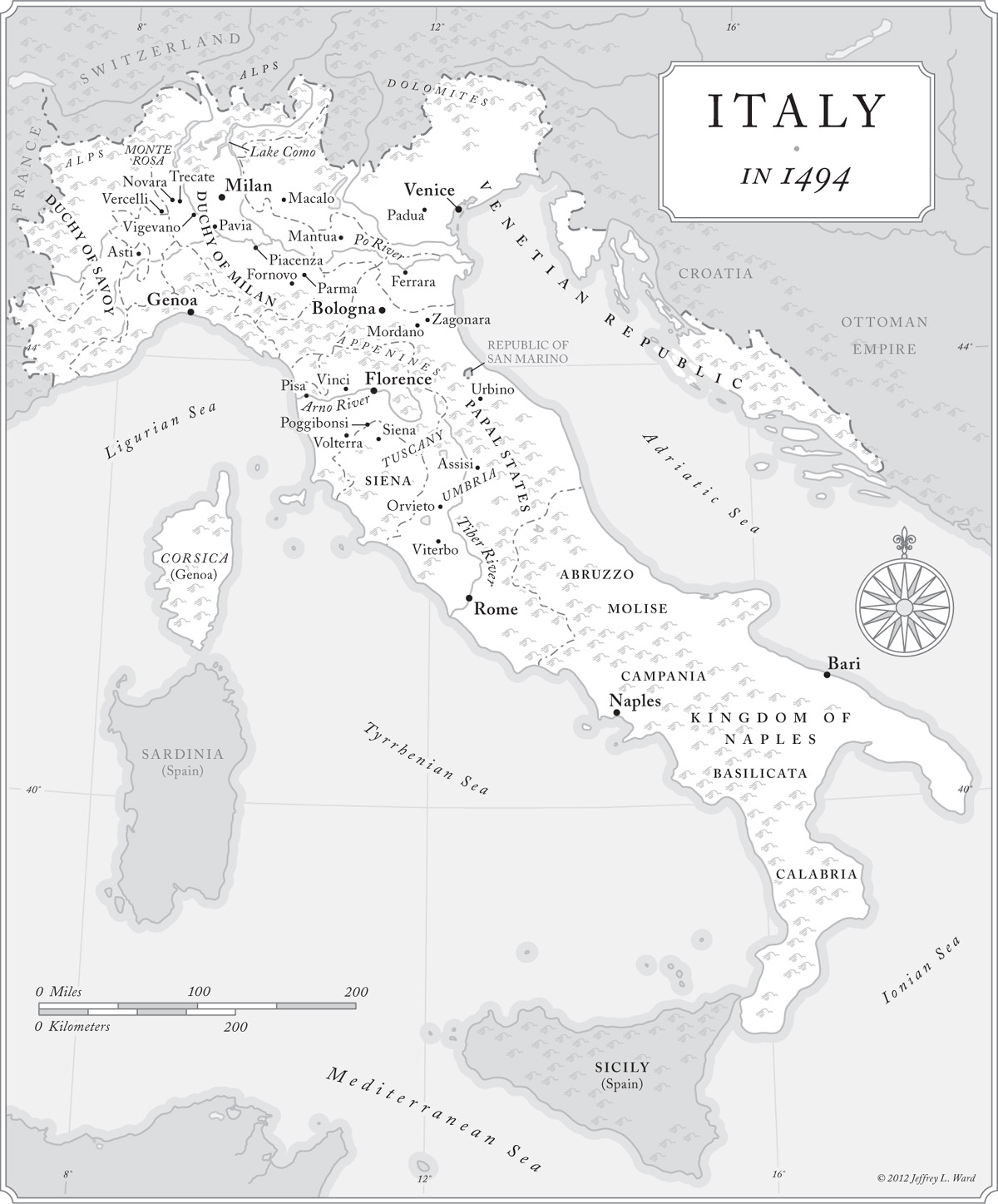
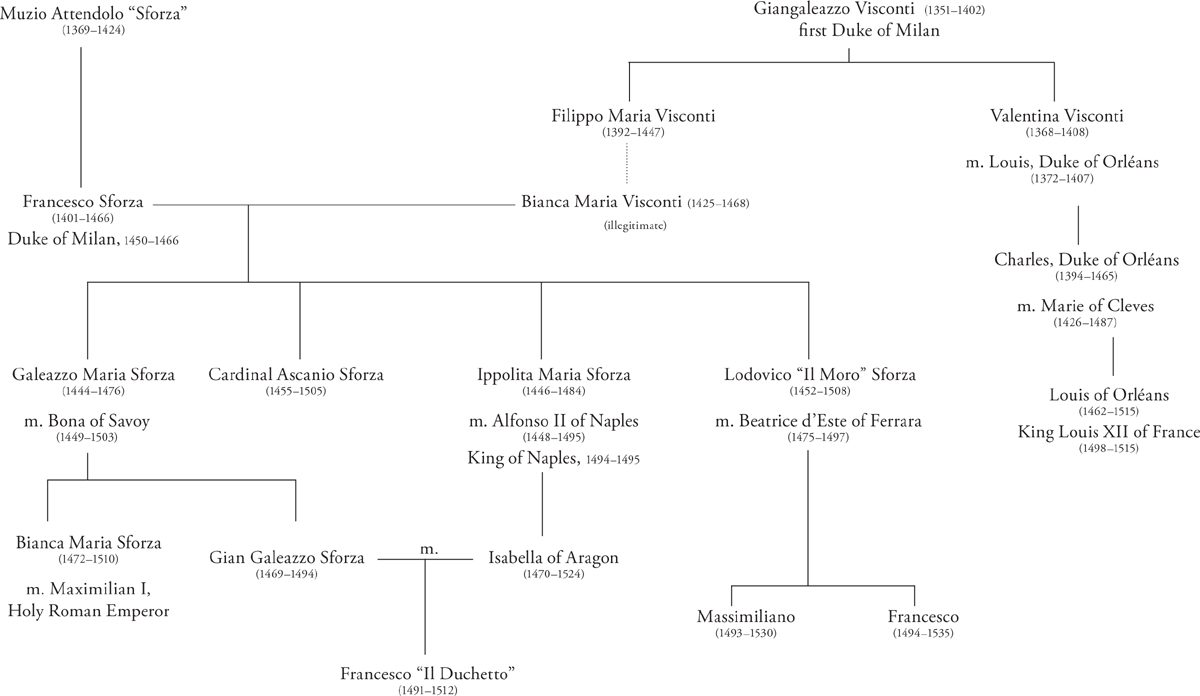
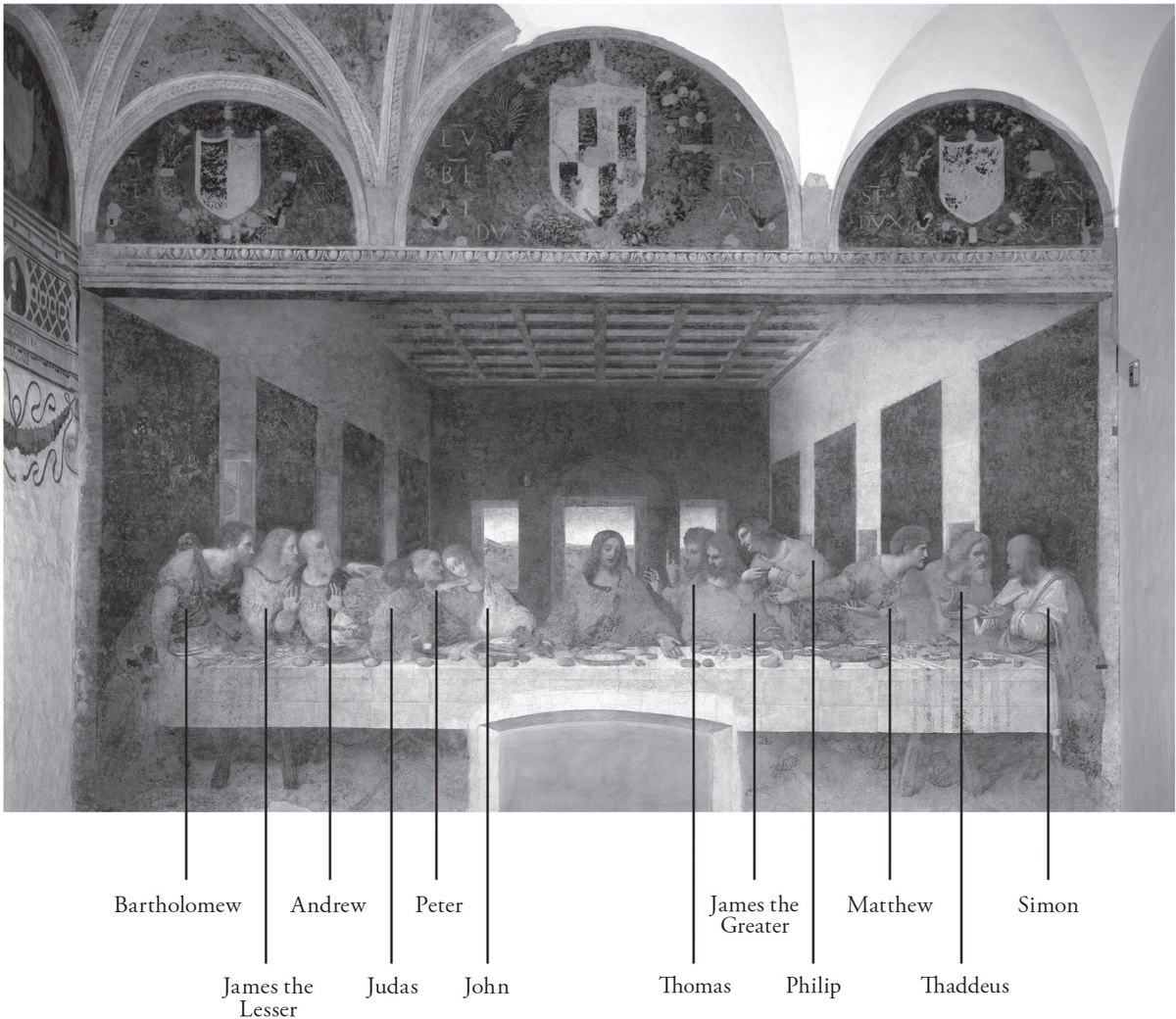
I wish to work miracles.
LEONARDO DA VINCI
CHAPTER 1
The Bronze Horse
The astrologers and fortune-tellers were agreed: signs of the coming disasters were plain to see. In Puglia, down in the heel of Italy, three fiery suns rose into the sky. Farther north, in Tuscany, ghost riders on giant horses galloped through the air to the sound of drums and trumpets. In Florence, a Dominican friar named Girolamo Savonarola received visions of swords emerging from clouds and a black cross rising above Rome. All over Italy, statues sweated blood and women gave birth to monsters.
These strange and troubling events in the summer of 1494 foretold great changes. That year, as a chronicler later recounted, the Italian people suffered innumerable horrible calamities. His ungainly appearance and agreeable nickname, Charles the Affable, belied the fact that he was equipped with the most formidable array of weapons ever seen in Europe.
Charles VIIIs first stop was the Lombard town of Asti, where, after pawning jewels to pay his troops, he was greeted by his powerful Italian ally, Lodovico Sforza, the ruler of Milan. Savonarola may have prophesied Charless expedition, but it was Lodovico who had summoned him across the Alps. The forty-two-year-old Lodovico, known because of his dark complexion as Il Moro (the Moor), was as handsome, vigorous, and cunning as the French king was feeble and ugly. He had turned Milanthe duchy over which he had become the de facto ruler in 1481 after usurping his young nephew Giangaleazzointo what the Holy Roman emperor, Maximilian, called the most flourishing realm in Italy.
Yet if Alfonso could be removed from Naplesif Charles VIII could be convinced to press his tenuous claim to its throne (his great-grandfather had been king of Naples a century earlier)then Lodovico could rest easy in Milan. According to an observer at the French court, he had therefore begun to tickle King Charles ... with the vanities and glories of Italy.
The Duchy of Milan ran seventy miles from north to southfrom the foothills of the Alps to the Poand sixty miles from west to east. At its heart, encircled by a deep moat, crisscrossed by canals, and protected by a circuit of stone walls, lay the city of Milan itself. Lodovicos wealth and determination had turned the city, with a population of one hundred thousand people, into Italys greatest. A huge fortress with cylindrical towers loomed on its northeast edge, while at the center of the city rose the walls of a new cathedral, started in 1386 but still, after a century, barely half-finished. Palaces lined the paved streets, their facades decorated with frescoes. A poet exulted that in Milan the golden age had returned, and that Lodovicos city was full of talented artists who flocked to his court like bees to honey.

Lodovico Sforza
The poet was not merely flattering to deceive. Lodovico had been an enthusiastic patron of the arts ever since, at the age of thirteen, he commissioned a portrait of his favorite horse. Under his rule, intellectual and artistic luminaries flocked to Milan: poets, painters, musicians, and architects, as well as scholars of Greek, Latin, and Hebrew. The universities in Milan and neighboring Pavia were revived. Law and medicine flourished. New buildings were commissioned; elegant cupolas bloomed on the skyline. With his own hands Lodovico laid the first stone of the beautiful church of Santa Maria dei Miracoli presso San Celso.
And yet the verdict of the chroniclers would be harsh. Italy had enjoyed forty years of relative peace. The odd skirmish still broke out, such as when Pope Sixtus IV went to war against Florence in 1478. Yet for the most part Italys princes vied to surpass one another not on the field of battle but in the taste and splendor of their accomplishments. Now, however, the blood-dimmed tide was loosed. By enticing Charles VIII and his thunderous weapons across the Alps, Lodovico Sforza had unwittingly unleashedas all the stars foretoldinnumerable horrible calamities.

This virtuoso was Leonardo da Vinci who, at forty-two, was exactly the same age as Lodovico. A Tuscan who came north to Milan a dozen years earlier to seek his reputation, he must have cut a conspicuous and alluring figure at Il Moros court. By the accounts of his earliest biographers, he was strikingly handsome and elegant. Outstanding physical beauty, enthused one writer. Beautiful in person and aspect, observed another. Long hair, long eyelashes, a very long beard, and a true nobility, declared a third.


